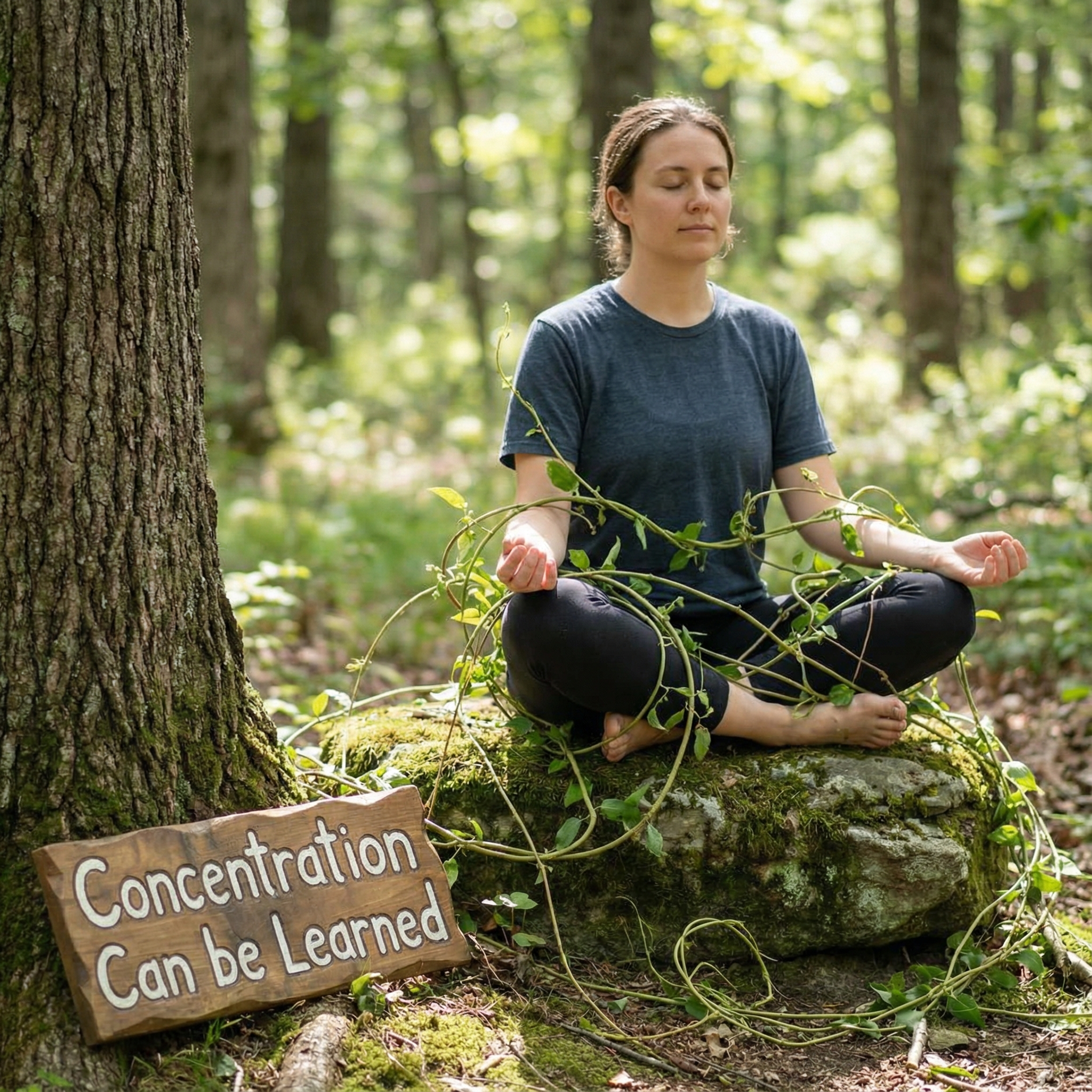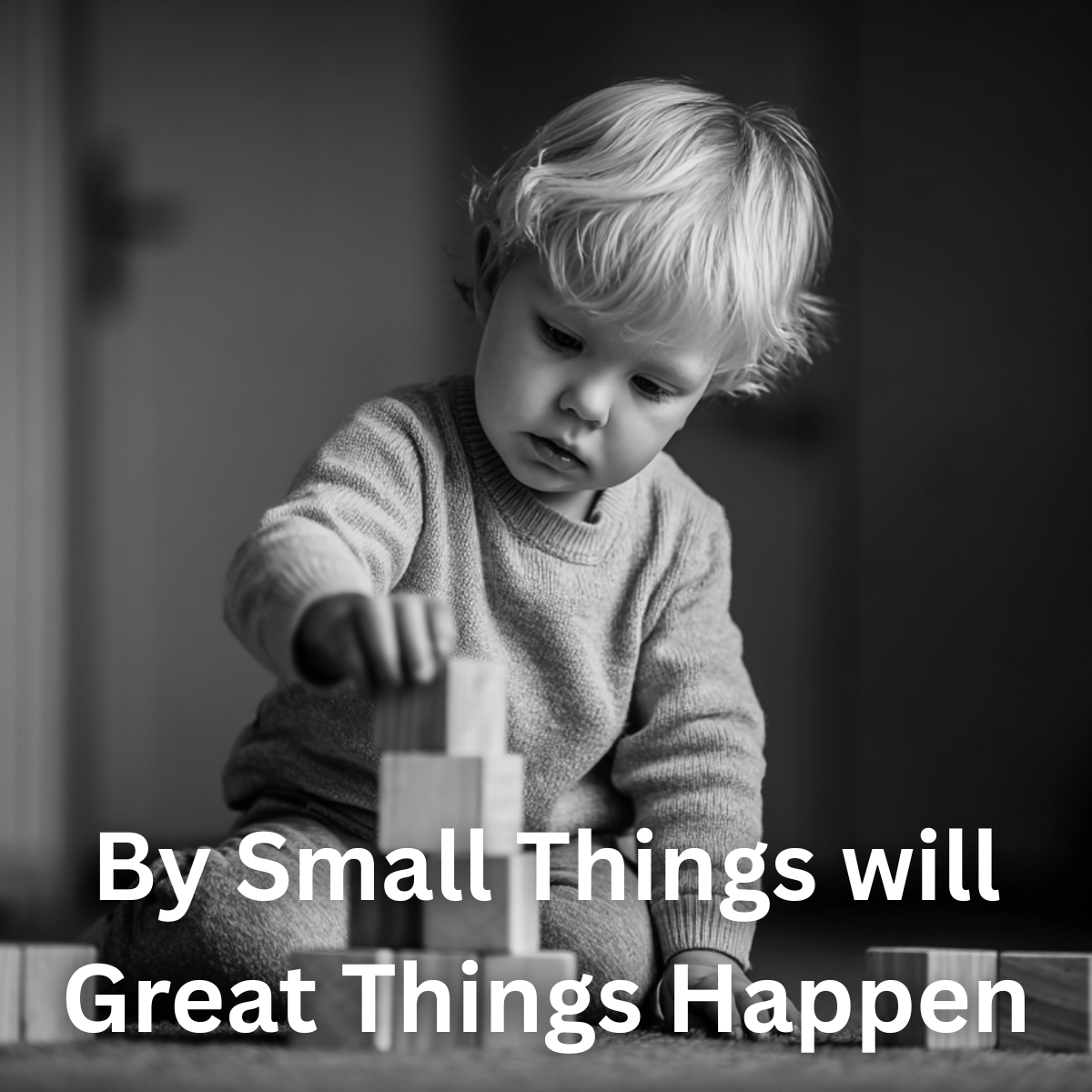It occurred to me today, as I fought tooth and nail to get at least an hour by myself so that I could sit quietly and contemplate a difficult problem I am trying to solve, that thinking is not easy. Good, quality thinking is hard work. Years ago, I started getting up early in the morning. Five AM became my standard, but soon I found myself wandering out of bed even earlier. I realized the reason that was happening was because the only time my mind had an opportunity to ponder anything complex was after I had shut down and been distraction free for at least five hours. If I am in bed around 9 PM, then somewhere around two to three AM, my mind has finally been able to relax long enough, with no distractions, to start contemplating anything of significance.
The first consideration here is how negative distractions are to any quality thought process. I have been trying to write something interesting and compelling every day for thousands of days in a row. I have had various levels of success along the way, but there is one conclusion that I stand by. In order for me to write anything of import, I must, as a matter of necessity, shut the world completely out while I ponder my way through a concept. Unique, original thought demands this. If you allow distractions of any form to creep in, then you might as well close the door on completing anything worthy of reading. AI tools have helped me proofread, but even if I were to have an AI write something for me, I could not get that AI to produce anything of significance without some deep consideration. The last time I tried to experiment with this, I spent three times the amount of time I usually spend writing, trying to craft a prompt that produced anything of merit and with a unique viewpoint. I daresay the prompt I finally settled on was longer than the writing itself, and now that I look back on the exercise, I wrote most of it anyway, so the prompt did nothing more than organize my preexisting thoughts and provide a solid written document with proper sentence structure. Either way, the only way to get to the results was a distraction free environment.
I have narrowed this down to about one hour. I can take an idea that has been circulating in my mind from previous brainstorming sessions, and I can research, craft, and articulate my ideas in an hour of dedicated, focused effort. If I allow any distraction to come in, the amount of time exponentially increases. However, I wish that removing distractions was all that was needed. The reality is that getting to a quiet place is only where the hard work begins. The process of thinking is even more difficult.
Your mind does not naturally want to think. It is hard, and it burns a lot of calories. The brain is a functioning thing that consumes calories, demands blood flow to bring nutrients, and requires a constant supply of fresh oxygen. Thinking is work, and there is science behind this. I know this because I have spent time reading research papers where they studied calorie consumption by professional chess players. One study even examined the impact of boxing on the ability of a chess player to stay at a top cognitive level. They showed that boxing had an adverse effect on the ability of the mind to resolve complex problems. So when the chess player yells at you to be quiet, they are doing so for a reason. Even the slightest energy expenditure by the human body, other than processing calculations, can seriously impact their gameplay.
So we have established that the brain needs to be distraction free, and we have also learned that the brain burns calories at a higher rate when you are mentally crunching through something. This is precisely why you will attempt to avoid thinking. Your mind does not want to work hard at all; it will do anything it can to get out of the responsibility. The first and hardest step is to overcome this resistance. Incredibly, your own mind will fight you with an astonishing amount of will. When people say that your mind has a will of its own, that is absolutely true. The first and primary step is to overcome this resistance, and this will take considerable inertia. What I have learned is that once you have done this, and finally convinced your mind to be quiet and stop fighting you, then you can get down to the business of really thinking.
So now you are in thinking mode. You have a way to get rid of distractions. You have put the monkey mind in its rightful place, and you have convinced yourself to have a quality thinking session. Now you are finally ready, and now you come face to face with the harsh reality that you do not know how to think well. You are quite capable of thinking, sure, but beyond figuring out what to watch on Netflix, you are out of practice. Thinking well is not much different than anything else you do in life. Compare it to yoga on the beach in the middle of summer on a busy day. You walk outside, carve out your spot on the beach, surrounded by tourists, you lay out your yoga mat, and you try to do yoga. If you have never done yoga before, your odds of success are zero. Consider how much practice, effort, and repetition it will take to get to the point where you can ignore your embarrassment, ignore the distractions, and actually perform an effective routine with the right form. This is exactly like sitting down to have a good thinking session. If you have never trained, never practiced, never worked on your form, then your chances of thinking and coming up with anything worthwhile are zero.
Now my poor brain is tired. I spent a few hours in a complex thought session where I finally had to shut everyone out while I spent some quality thinking time. I have pondered and worked through a few methodologies on how to think. Much like yoga, there are many different methods, practices, dogmas, and theories on how to do a yoga routine. The same goes for thinking, and there are different ways to go about it, depending on what you are working on and what condition you are in at the time. However, this mind right now does not want to sit here at this desk any longer and think about exactly what those are. Perhaps one day I will convince myself to apply enough brain power to this consideration and outline some of my top strategies for thinking, but suffice it to say for now that having a methodology for thinking is the other half of the problem once you have overcome resistance and distraction.
Thinking is work. That is the honest truth I keep circling back to. It is not solved by a quiet room alone, and it is not outsourced to a clever tool. It asks for a cost in attention, energy, and time, and it pays in proportion to the seriousness with which you train.
The practice is simple, not easy. Choose one hour. Guard it. Remove every distraction you can name. Sit with a single question and refuse to move until you have wrestled with it. When resistance shows up, and it will, acknowledge it, then return to the question. If nothing comes, stay anyway; the staying is the training.
Over time, build a method. Warm up with a brief review of notes. Define the problem in one sentence. Explore options without judgment. Decide what you will test next. Close with a short summary and one commitment you will carry into the day. Repeat this often enough and the mind learns that you are serious.
Chess players conserve energy for the endgame; yogis return to form and breath when the beach is crowded. We do the same with thought. Reduce distractions, overcome the internal fight, and practice a repeatable approach. Do that, and the hour becomes enough. Not always, not perfectly, but enough to produce work that is yours, born from a quiet room and earned effort.




